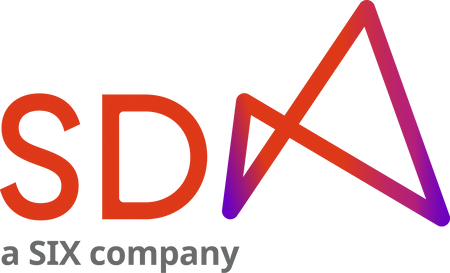Integrating a wholesale central bank digital currency (CBDC) into existing core banking systems is complex and a key prerequisite for issuance.
– Project Helvetia looks toward a future with more tokenised financial assets and DLT-based infrastructures.
– Five commercial banks joined tests for settling interbank, monetary policy and cross-border transactions in Swiss francs.
– The experiment tests the integration of wholesale CBDC in core banking systems of commercial banks and the Swiss National Bank.
A wholesale central bank digital currency (CBDC) is compatible with existing core banking systems and processes of commercial and central banks. Issuing a wholesale CBDC on a distributed ledger technology (DLT) platform operated and owned by a private sector company is operationally and legally feasible under Swiss law.
These are the main conclusions of the second phase of Project Helvetia, a joint experiment by the Bank for International Settlements (BIS), the Swiss National Bank (SNB) and SIX (Switzerland’s main provider of financial infrastructure services), which also included five commercial banks: Citi, Credit Suisse, Goldman Sachs, Hypothekarbank Lenzburg and UBS.
The experiment was carried out during the fourth quarter of 2021. It tested the settlement of interbank, monetary policy and cross-border transactions on the test systems of SIX Digital Exchange (SDX), the Swiss real-time gross settlement system – SIX Interbank Clearing (SIC) – and core banking systems.
Project Helvetia looks toward a future in which more financial assets are tokenised and financial infrastructures run on DLT. International regulatory standards suggest that providers of systemically important infrastructures should settle obligations in central bank money whenever practical and available. While none of the existing DLT-based platforms are systemic yet, they may become so in the future. Moreover, central banks may need to extend monetary policy implementation to tokenised asset markets.
“We have demonstrated that innovation can be harnessed to preserve the best elements of the current financial system, including settlement in central bank money, while also potentially unlocking new benefits,” said Benoît Cœuré, Head of the BIS Innovation Hub. “As DLT goes mainstream, this will become more relevant than ever,” he added.
“To continue fulfilling their mandates of ensuring monetary and financial stability, central banks need to stay on top of technological change. Project Helvetia is a prime example of how to achieve this. It allowed the SNB to deepen its understanding of how the safety of central bank money could be extended to tokenised asset markets,” said Andrea M Maechler, member of the SNB’s Governing Board.
“SIX is proud to contribute its experience in the settlement of tokenised assets in partnership with the BIS Innovation Hub and the SNB. Project Helvetia demonstrates the successful end-to-end integration of wholesale CBDC for the safe and secure settlement of digital assets, while also ensuring a level playing field with other financial market infrastructures,” said Jos Dijsselhof, CEO, SIX.
“SIX is proud to collaborate with the BIS Innovation Hub and the SNB and contribute to Project Helvetia by leveraging SDX, the world’s first regulated DLT-based financial market infrastructure. The project demonstrates that the SDX platform supports wholesale CBDC for settling tokenised assets end to end,” said Jos Dijsselhof, CEO, SIX.
As an experiment, Project Helvetia is of an exploratory nature and should not be interpreted as an indication that the SNB plans to issue a wholesale CBDC. Phase II continues the exploration of tokenised asset settlement in wholesale CBDC that was started by Project Helvetia Phase I in 2020.
Read the full report: Project Helvetia Phase II – settling tokenised assets in wholesale CBDC.

